Climate change is threatening the survival of some of the world’s most extraordinary plant species. The impact of rising temperatures, habitat loss, and altered ecosystems is pushing these rare plants closer to extinction. Below are a few remarkable species that are facing a perilous future due to the ongoing climate crisis.
Titan Arum (Amorphophallus titanum)
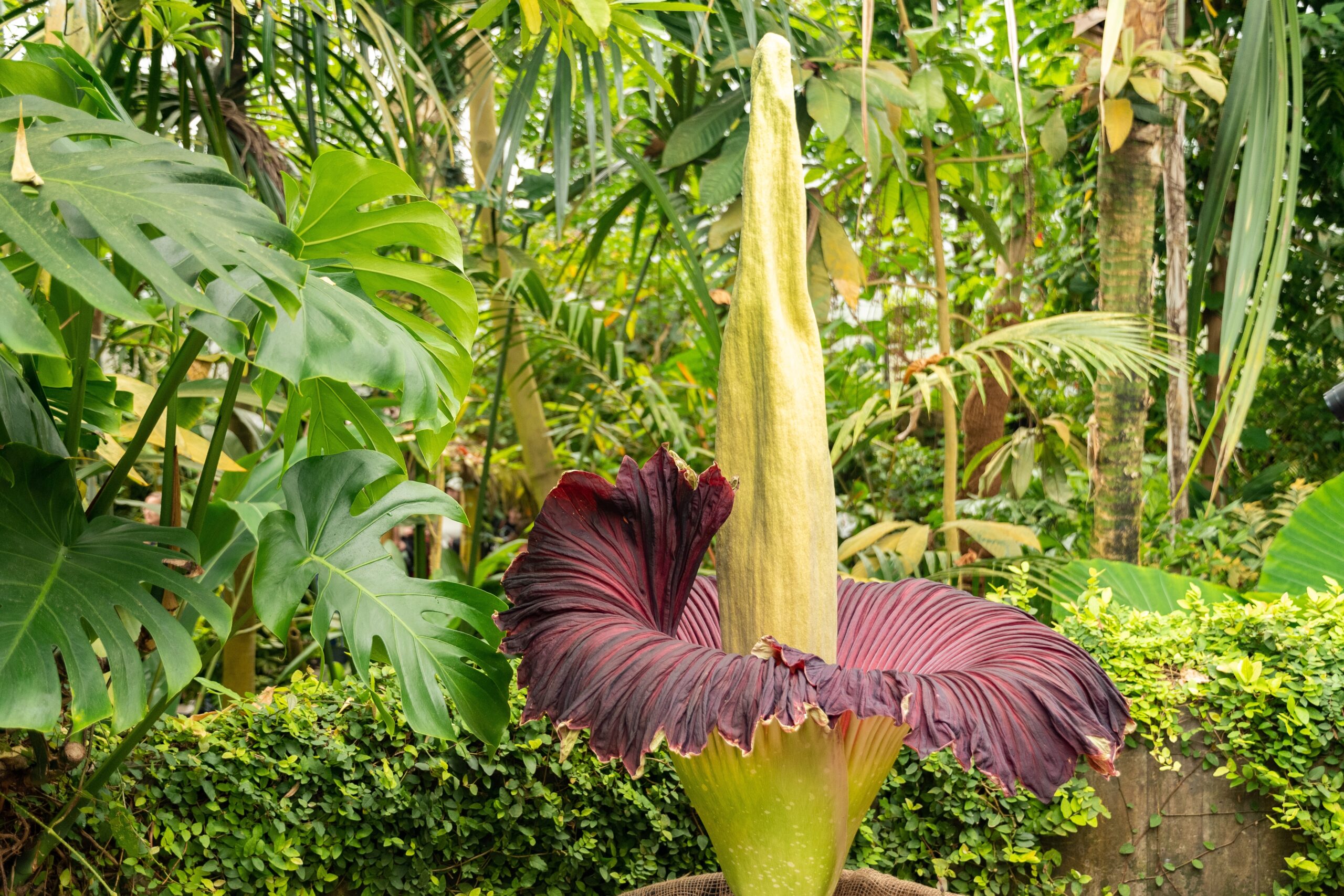
The Titan Arum is famous for its massive flower and the strong odor it produces. It’s known as the “corpse flower” because of its scent, which mimics rotting flesh. This rare plant can grow up to 10 feet tall. It’s native to the rainforests of Sumatra, but habitat destruction is a growing threat. As climate change alters the conditions of its natural habitat, the Titan Arum’s survival is becoming increasingly uncertain.
Ghost Orchid (Dendrophylax lindenii)
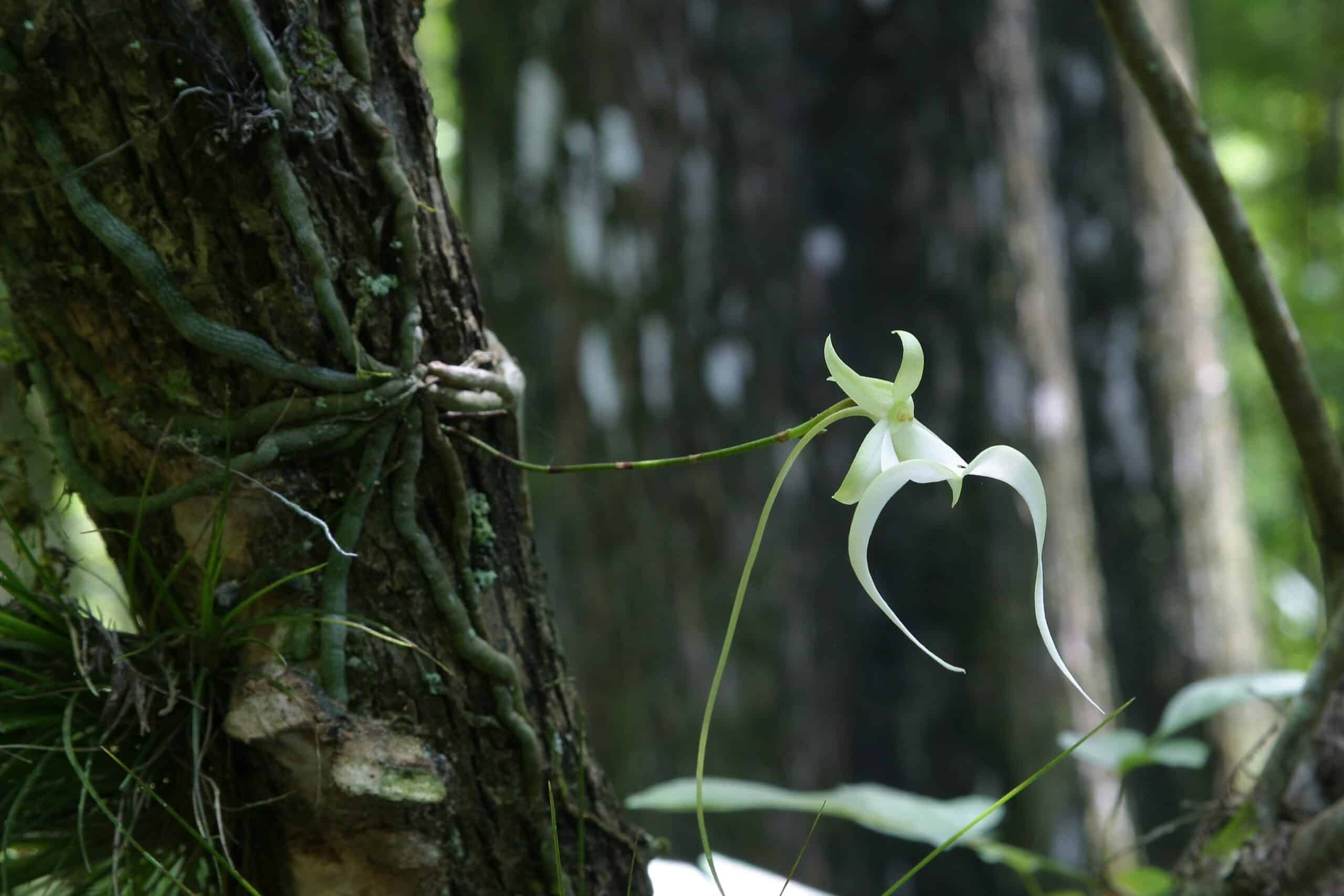
The Ghost Orchid is a rare, leafless orchid found in the swamps of Florida and Cuba. It gets its name from its delicate, ethereal appearance, resembling a ghost when it blooms. This plant depends on very specific conditions to thrive, requiring high humidity and the presence of a particular fungus for survival. Rising temperatures and habitat loss have drastically reduced its numbers, making it one of the most endangered orchids in the world.
Attenborough’s Pitcher Plant (Nepenthes attenboroughii)
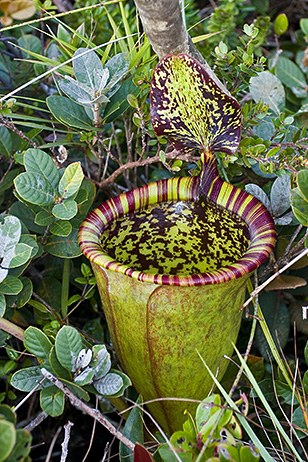
Discovered on a remote mountain in the Philippines, Attenborough’s Pitcher Plant is one of the largest carnivorous plants. It has pitcher-shaped leaves that trap and digest insects and even small animals. This plant grows in very specific high-altitude conditions. Unfortunately, rising temperatures and habitat degradation are threatening its survival. Conservation efforts are in place, but its remote location limits the scope of protection.
Rafflesia arnoldii
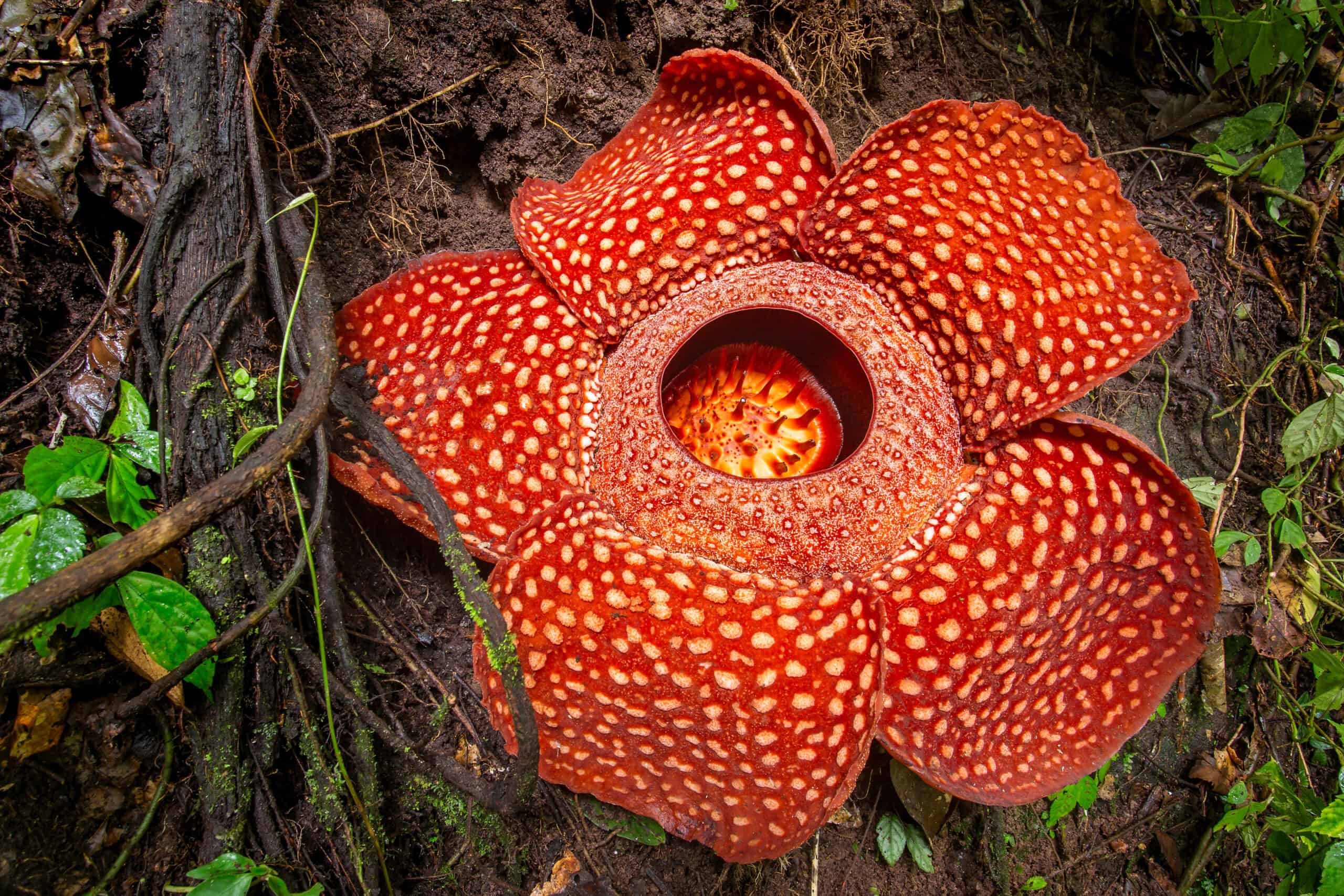
Rafflesia arnoldii holds the title for the largest flower in the world, with blooms that can reach up to three feet in diameter. Found in the rainforests of Southeast Asia, this parasitic plant lacks leaves, stems, or roots of its own. It’s entirely dependent on a specific vine host for survival. Deforestation and changing climate conditions are severely impacting its ability to thrive, pushing it toward extinction.
Jade Vine (Strongylodon macrobotrys)
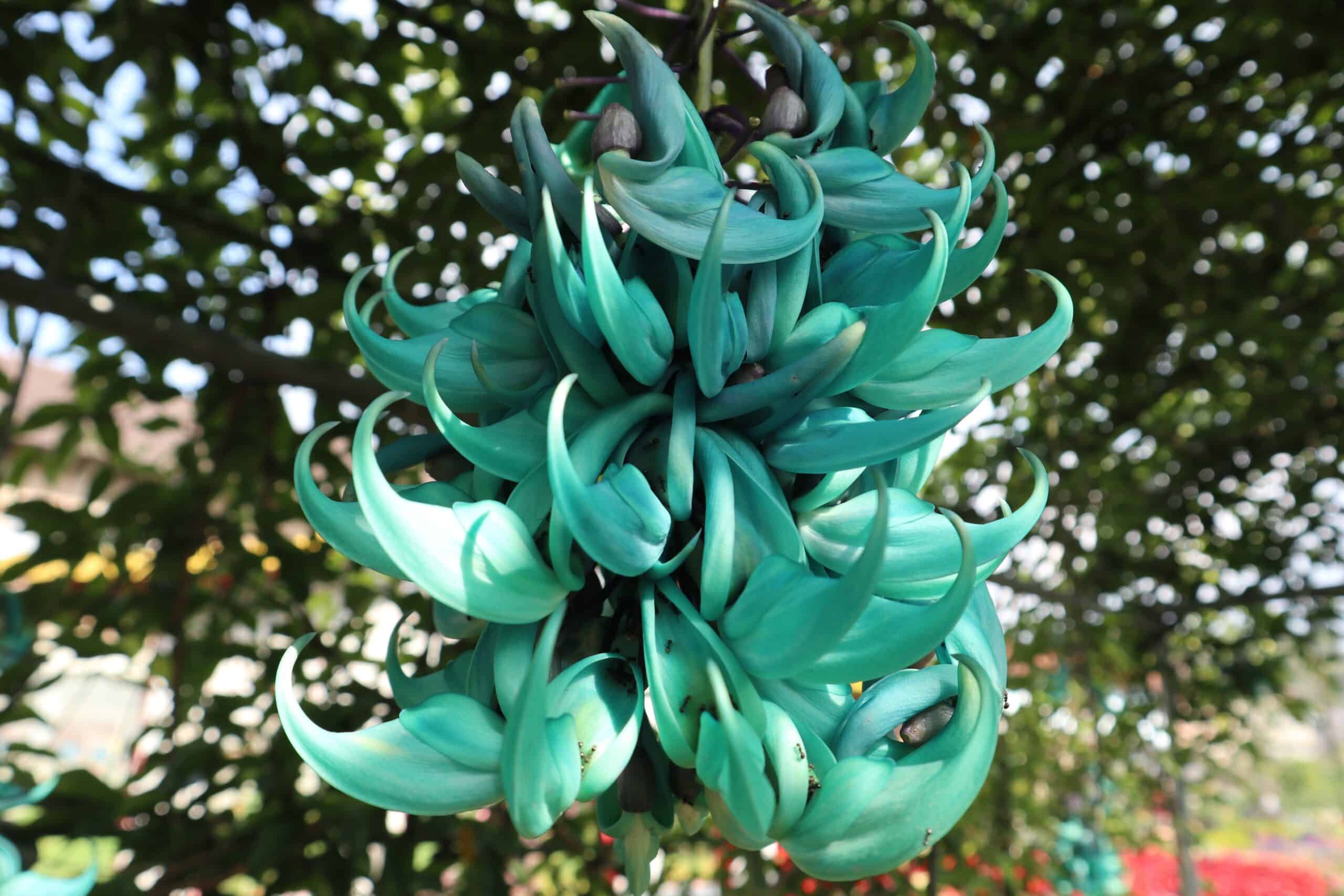
The Jade Vine is known for its striking, turquoise-colored flowers. Native to the rainforests of the Philippines, this plant grows along riverbanks and is pollinated by bats. Its unique color makes it a sought-after ornamental plant, but habitat destruction and climate shifts are endangering its survival. The warming climate is disrupting its natural pollinators, further threatening this rare species.
Franklin Tree (Franklinia alatamaha)
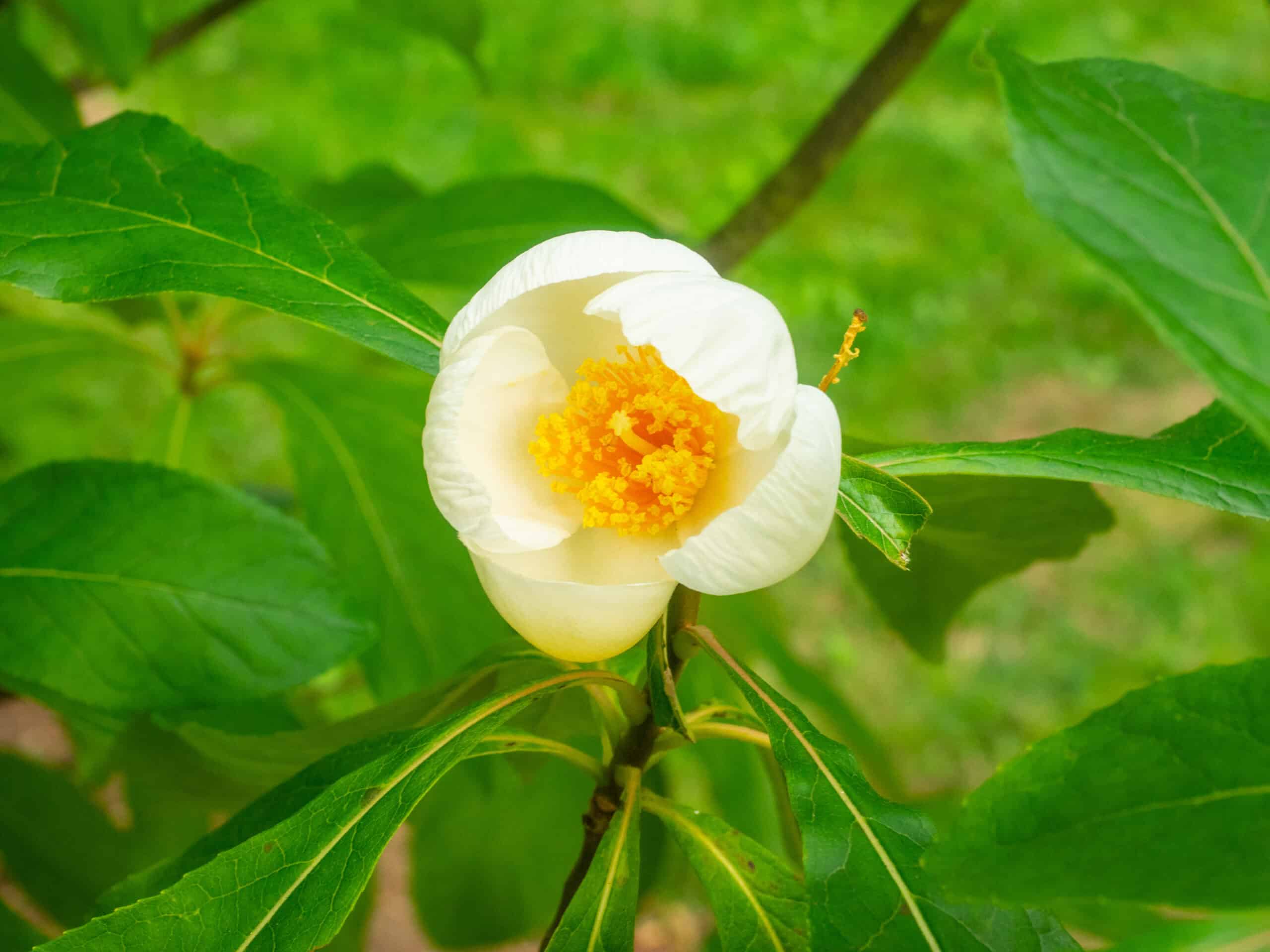
The Franklin Tree is a rare species that once thrived along the banks of the Altamaha River in Georgia, USA. It produces fragrant white flowers and has brilliant fall foliage. However, it has not been seen in the wild since the early 19th century. The species is now only cultivated in gardens. The exact cause of its disappearance from the wild is unknown, but climate change and habitat loss may have contributed.
Western Underground Orchid (Rhizanthella gardneri)
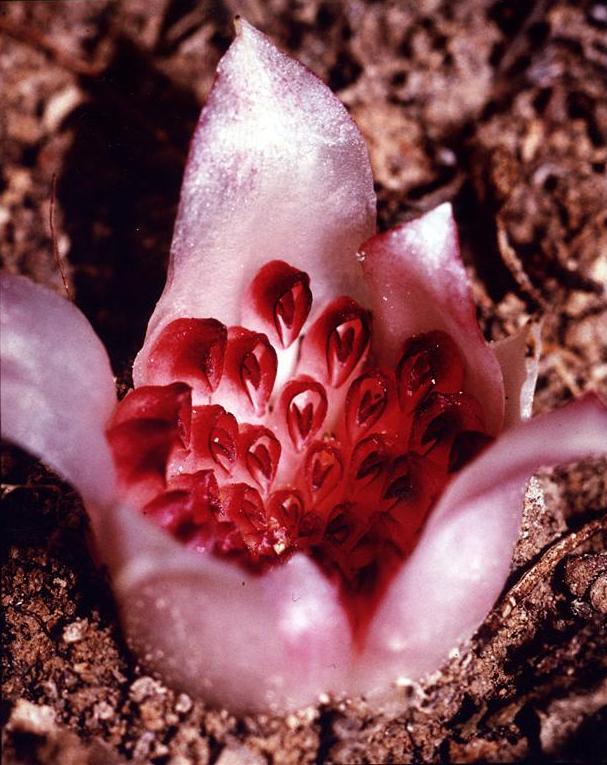
This fascinating orchid species spends its entire life underground. The Western Underground Orchid is found only in specific regions of Western Australia. It relies on a symbiotic relationship with a host plant and fungus for survival. The orchid’s underground lifestyle makes it highly vulnerable to environmental changes, including droughts and soil degradation caused by climate change. Its population continues to dwindle due to these challenges.
Venus Flytrap (Dionaea muscipula)
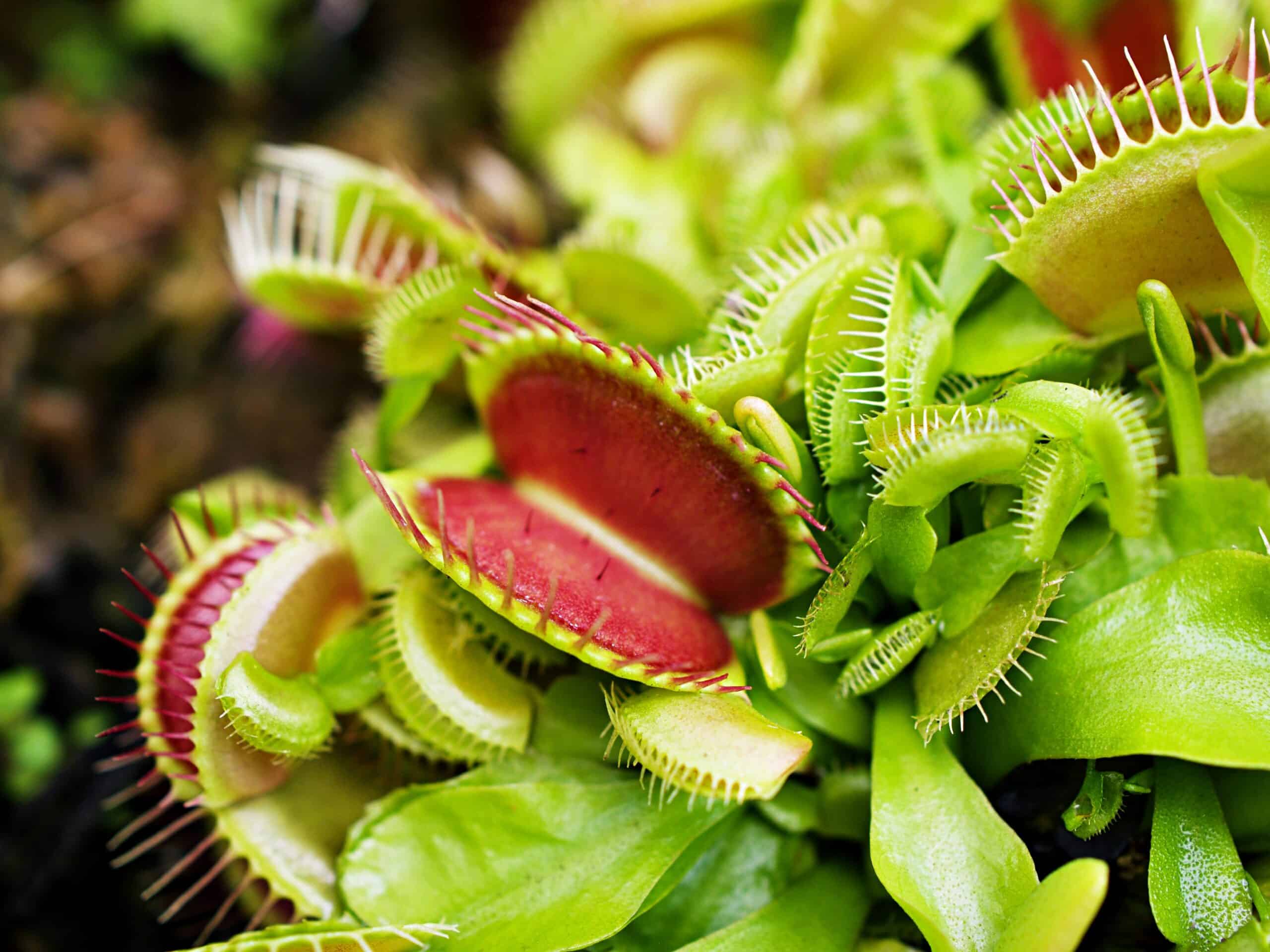
The Venus Flytrap is a small carnivorous plant known for its trap-like leaves that snap shut to catch insects. Native to the wetlands of North and South Carolina, it thrives in nutrient-poor, acidic soil. It relies on a delicate balance of humidity and temperature to survive. However, climate change is altering these conditions, making its natural habitat less hospitable. In addition to climate threats, poaching and habitat destruction are pushing the species closer to extinction.
Monkey Puzzle Tree (Araucaria araucana)

The Monkey Puzzle Tree is a prehistoric species native to Chile and Argentina. Its distinctive spiral-shaped branches give it an ancient and unique appearance. This tree can grow up to 150 feet tall and is extremely long-lived, with some individuals surviving over 1,000 years. However, rising temperatures and prolonged droughts are threatening its natural habitat. Deforestation and wildfires have also severely reduced its population, placing it at risk of extinction.
Lady’s Slipper Orchid (Cypripedium calceolus)

Lady’s Slipper Orchid is a rare and elegant orchid species found in Europe and Asia. Its unique pouch-shaped flowers are a striking feature. This plant requires very specific conditions to thrive, including shaded woodlands and undisturbed soil. Habitat destruction and changes in climate are drastically reducing its numbers. Additionally, illegal collection by orchid enthusiasts has contributed to its endangered status, making conservation efforts even more urgent.
Cook Pine (Araucaria columnaris)
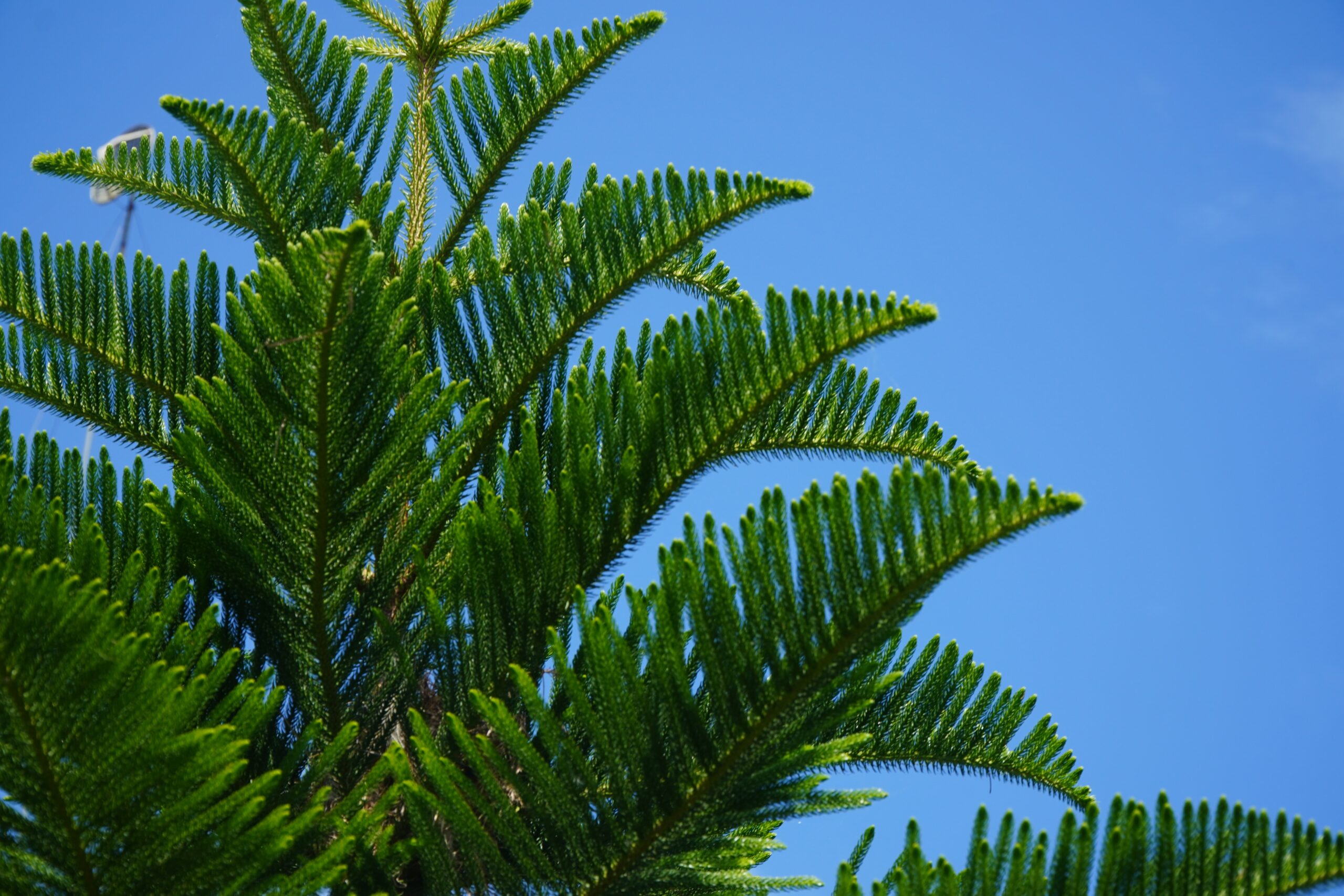
The Cook Pine is a towering tree that is native to New Caledonia in the South Pacific. It has a distinctively narrow and straight trunk, which grows at an angle in different hemispheres. Known for its adaptability, the Cook Pine can survive in a range of climates. However, its natural habitat is shrinking due to rising sea levels and increasing temperatures. These environmental pressures are pushing the species toward vulnerability, despite its resilience in various climates.
Dragon’s Blood Tree (Dracaena cinnabari)

The Dragon’s Blood Tree is native to the island of Socotra in Yemen and is known for its umbrella-shaped canopy. Its red sap, known as “dragon’s blood,” has been used for centuries in medicine and dyes. This unique tree thrives in arid, mountainous regions. Unfortunately, climate change is altering rainfall patterns, making its habitat drier and less suitable for growth. In addition, overgrazing by livestock further threatens its regeneration, pushing this iconic species toward extinction.
Wood’s Cycad (Encephalartos woodii)
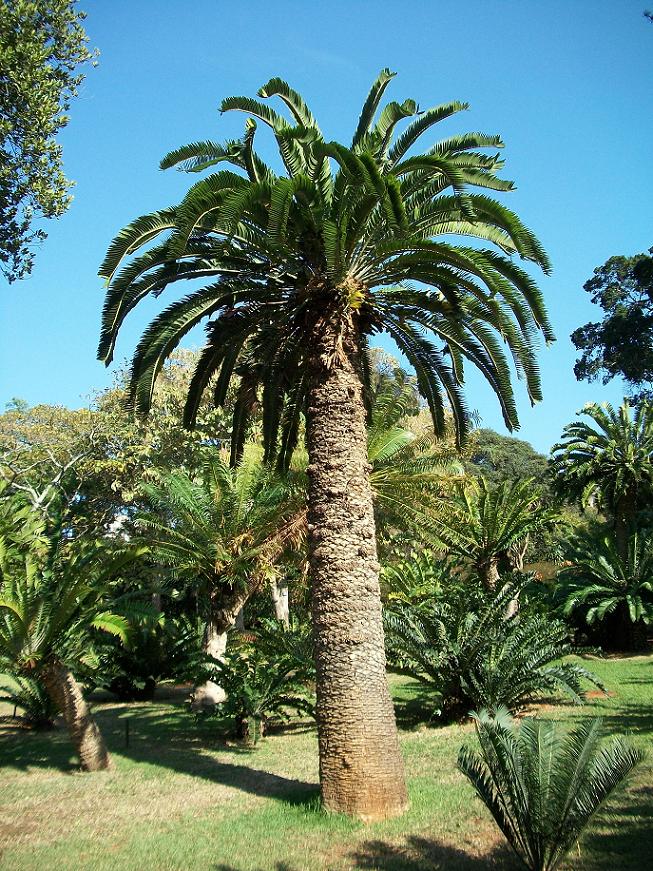
Encephalartos woodii, also known as Wood’s Cycad, is one of the rarest plants in the world. Only male specimens of this species exist, meaning it cannot reproduce naturally. Native to South Africa, it was discovered in the early 1900s, but no female plants have ever been found. Climate change and habitat loss continue to threaten its remaining populations. Conservation efforts are ongoing, but without a female counterpart, its survival depends on human intervention through cloning and cultivation.
African Baobab (Adansonia digitata)
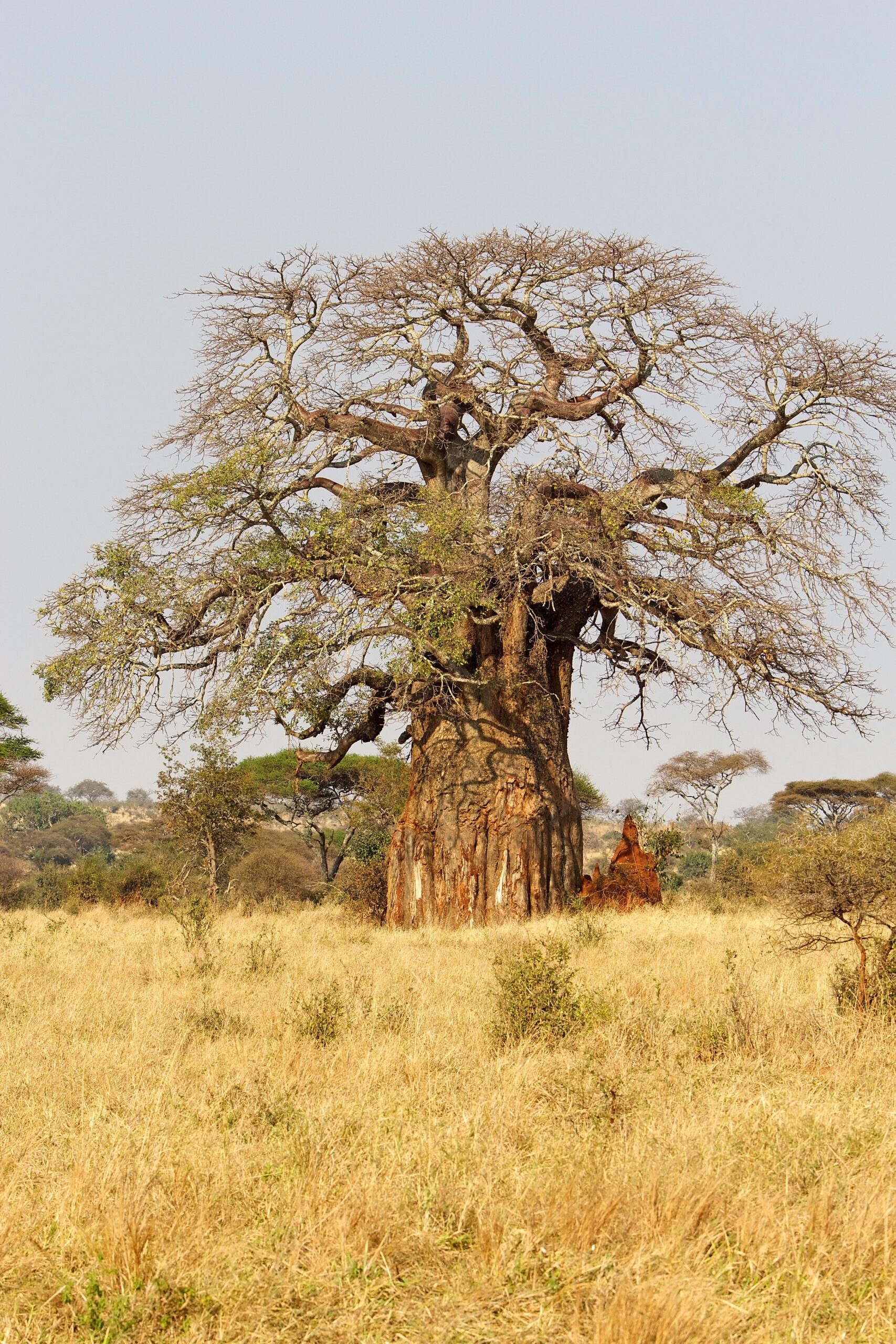
The African Baobab is a massive, iconic tree native to the dry savannas of Africa. Known for its wide trunk and ability to store water, it can live for thousands of years. This tree plays a crucial role in its ecosystem by providing food, shelter, and water for both animals and humans. However, recent studies show that many of the oldest and largest baobabs are dying, likely due to climate change and increased droughts. These ancient giants are disappearing at an alarming rate, signaling a critical loss for their environment.
Wollemi Pine (Wollemia nobilis)
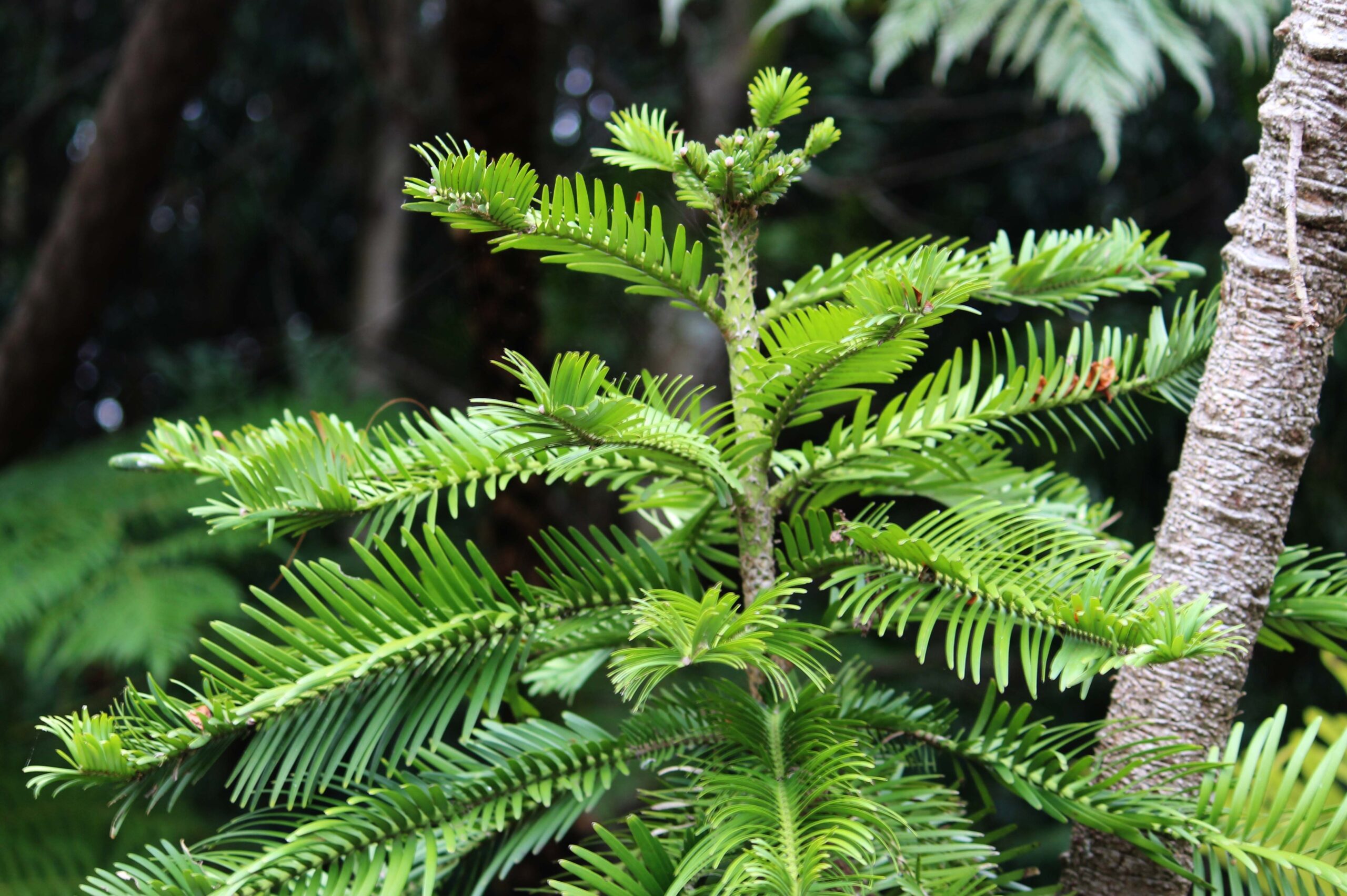
The Wollemi Pine is a prehistoric species discovered in a remote area of Australia in 1994. It was believed to have been extinct for millions of years before its rediscovery. This rare tree grows in a limited number of protected areas, making it highly vulnerable to environmental changes. Wildfires and rising temperatures threaten its survival, despite efforts to protect it in the wild. Conservationists are working to cultivate this living fossil, but its future remains uncertain due to ongoing climate shifts.
Ghost Plant (Monotropa uniflora)
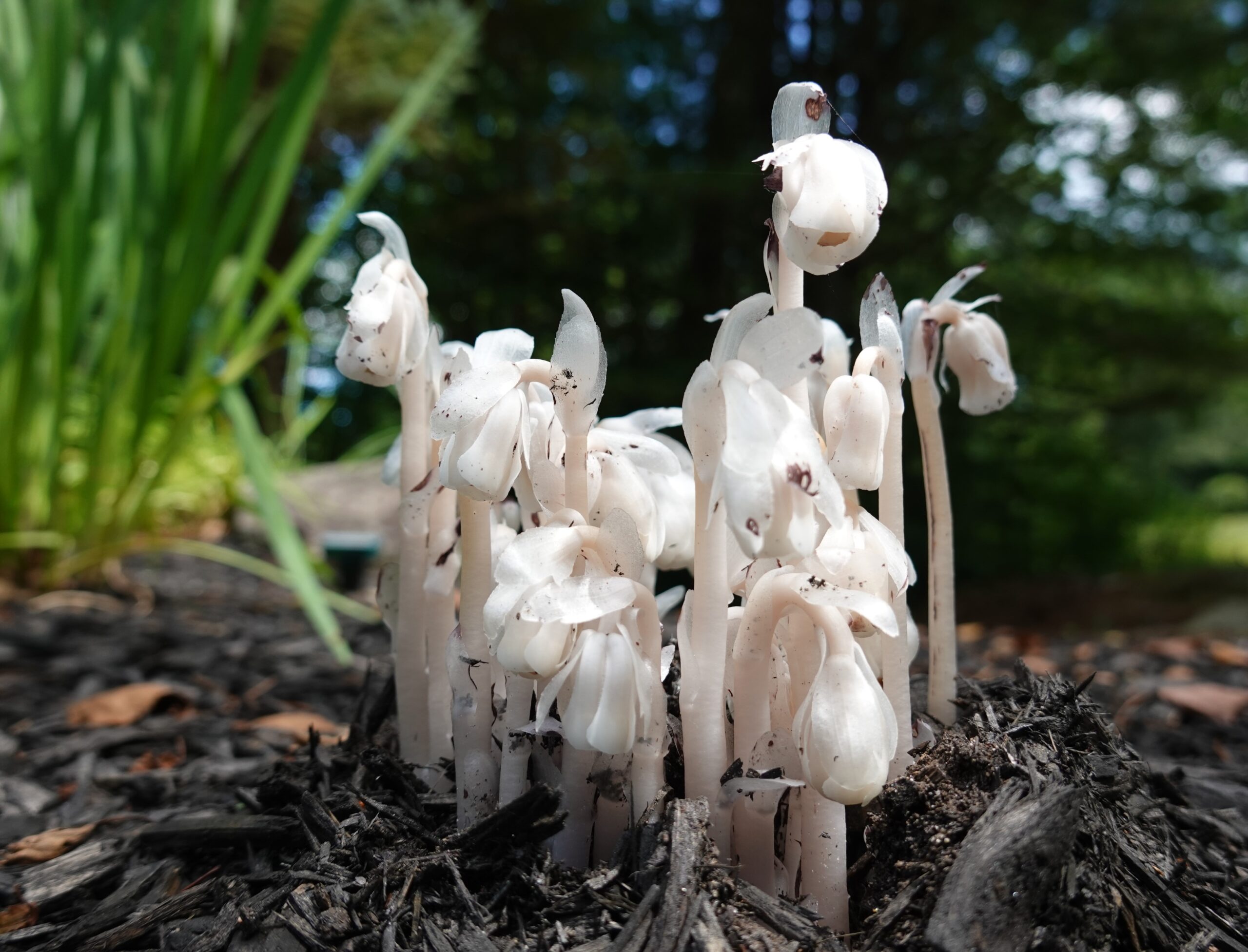
The Ghost Plant, also known as Indian Pipe, is a rare and eerie white plant that lacks chlorophyll. Unlike most plants, it doesn’t rely on sunlight for energy. Instead, it forms a parasitic relationship with fungi, drawing nutrients from surrounding trees. Found in dark, shaded forests, it thrives in moist, nutrient-rich soil. However, climate change is altering forest ecosystems, making its delicate habitat more difficult to sustain. Habitat loss and temperature shifts are further threatening this already rare and fragile species.
This article originally appeared on Rarest.org.
More from Rarest.org
15 Ways to Spot Fake Coins and Avoid Scams

When it comes to coin collecting, spotting a fake can be challenging but crucial to protect your investment. Read More.
13 Most Valuable Vintage Jeeps on the Market

Vintage Jeeps hold a special place in automotive history, combining rugged durability with timeless design. Read More.
15 Antique Collectibles That Are Surprisingly Valuable

Collecting antiques can be more than just a hobby; it can be an unexpectedly lucrative venture. Many everyday items from the past, often overlooked or tucked away in attics, have become highly sought-after collectibles that command impressive prices today. Read More.
